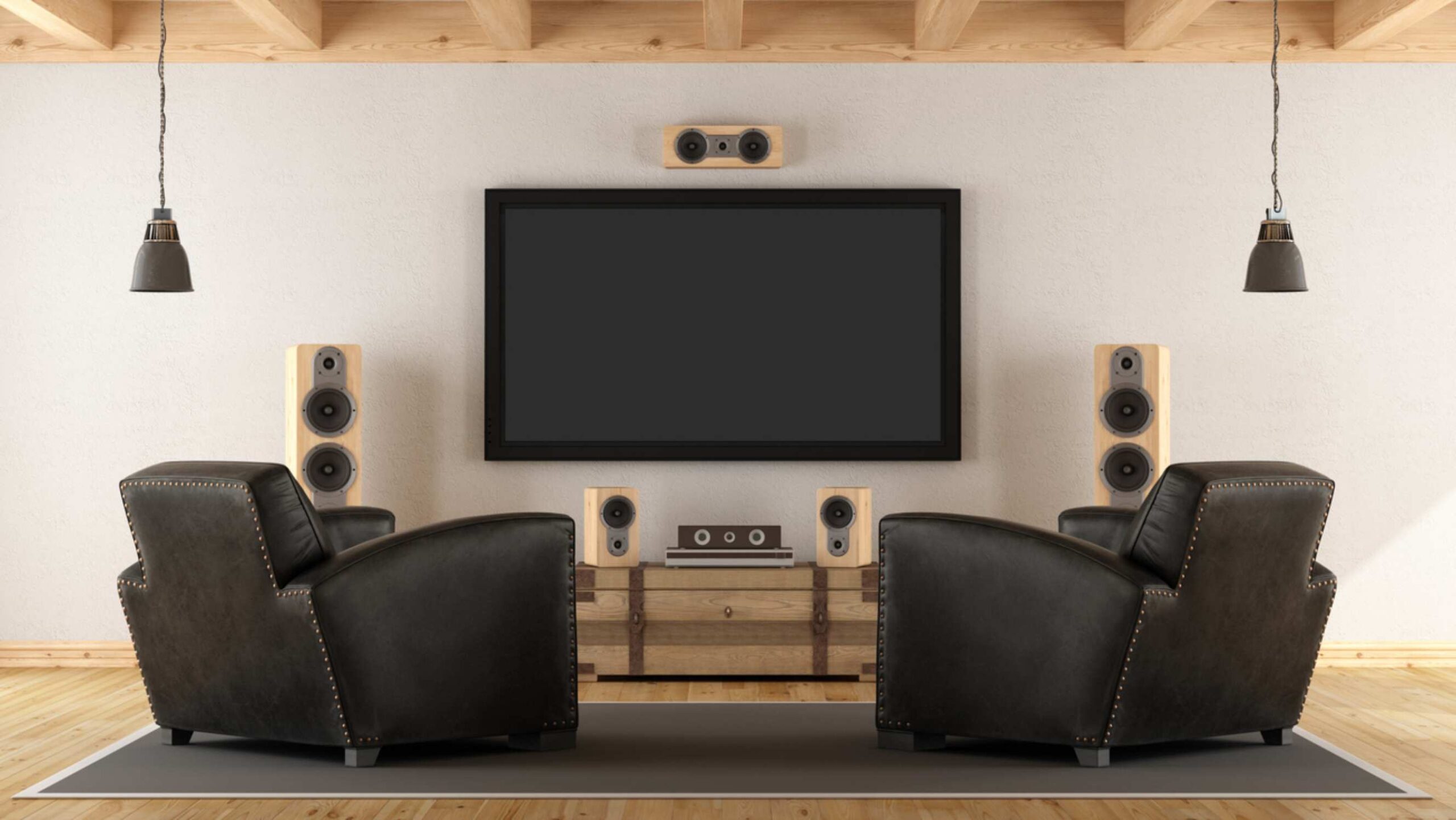Stereo system speakers are essential components in creating a rich, immersive sound experience. Whether you’re an audiophile seeking the perfect listening setup or simply looking to upgrade your home audio system, understanding the different types and features of home audio systems is crucial for getting the most out of your sound system.
What Are Stereo System Speakers?
Stereo system speakers are devices designed to reproduce audio signals in a way that creates a sense of depth, dimension, and clarity. They receive electrical signals from a source (like a receiver, amplifier, or stereo system) and convert them into sound. The term “stereo” refers to the reproduction of sound in a way that mimics the way human ears hear it, creating the illusion of a multi-dimensional audio space.
A typical stereo system consists of at least two speakers (left and right) that allow for stereo sound, though setups can include more speakers for surround sound. These speakers are available in a variety of designs and configurations to suit different preferences, room sizes, and types of music or media.
Types of Stereo System Speakers
Stereo system speakers come in several configurations, each with its own benefits and drawbacks:
- Bookshelf Speakers
- Description: Compact and versatile, bookshelf speakers are designed to fit on a shelf, stand, or any surface that can support them. Despite their size, many bookshelf speakers offer impressive sound quality.
- Best For: Smaller rooms or spaces where you don’t want bulky speakers taking up too much space.
- Pros: Space-efficient, clear sound, and relatively affordable.
- Cons: Limited bass response compared to larger speakers.
- Floorstanding (Tower) Speakers
- Description: These are larger speakers that stand on the floor and often provide richer, more powerful sound. They typically feature multiple drivers (the components that produce different ranges of sound) for better bass and clarity.
- Best For: Larger rooms where deep bass and full-range sound are important.
- Pros: Superior sound quality, better bass response, and high output power.
- Cons: Bulky, expensive, and require ample space for optimal placement.
- In-Wall and In-Ceiling Speakers
- Description: These speakers are built directly into the walls or ceiling, providing a clean, minimalist look. They are often used in home theater setups or for those who want an unobtrusive speaker design.
- Best For: Homeowners who want an integrated, sleek audio setup without the visibility of traditional speakers.
- Pros: Aesthetically pleasing, save space, and provide clear, full-range sound.
- Cons: Permanent installation, typically more expensive, and less flexible in terms of room positioning.
- Satellite Speakers
- Description: These smaller speakers are often used in conjunction with a subwoofer in surround sound systems. They handle higher frequencies and work well when placed around the room for an immersive audio experience.
- Best For: Surround sound or home theater systems where space is limited.
- Pros: Compact, versatile, and easily integrated with subwoofers.
- Cons: Limited bass response and typically require a subwoofer for optimal performance.
- Active Speakers
- Description: These speakers come with a built-in amplifier, which means they do not require an external amplifier or receiver. They are convenient for smaller setups or spaces.
- Best For: Users looking for a simple, all-in-one solution for their audio system.
- Pros: Easy to set up, space-saving, and do not require a separate amplifier.
- Cons: Might not provide the same depth of sound as passive speakers with external amplifiers.
Factors to Consider When Choosing Stereo System Speakers
- Sound Quality
- The most important factor when selecting speakers is the sound quality. Consider the frequency response, which indicates the range of tones a speaker can reproduce. A wider frequency range typically results in a more detailed and balanced sound.
- Room Size
- The size of your room plays a significant role in speaker choice. Large rooms may benefit from floorstanding speakers with powerful bass, while smaller spaces might only need compact bookshelf speakers.
- Power Handling and Sensitivity
- The power handling capacity of a speaker indicates how much power it can handle without distortion or damage. Sensitivity refers to how efficiently the speaker converts power into sound. For optimal sound performance, choose a speaker with both high power handling and sensitivity.
- Placement and Aesthetics
- Consider where you will place the speakers and whether they need to blend with your room’s decor. Floorstanding speakers are best suited for large spaces, while bookshelf or satellite speakers work well in more compact settings.
